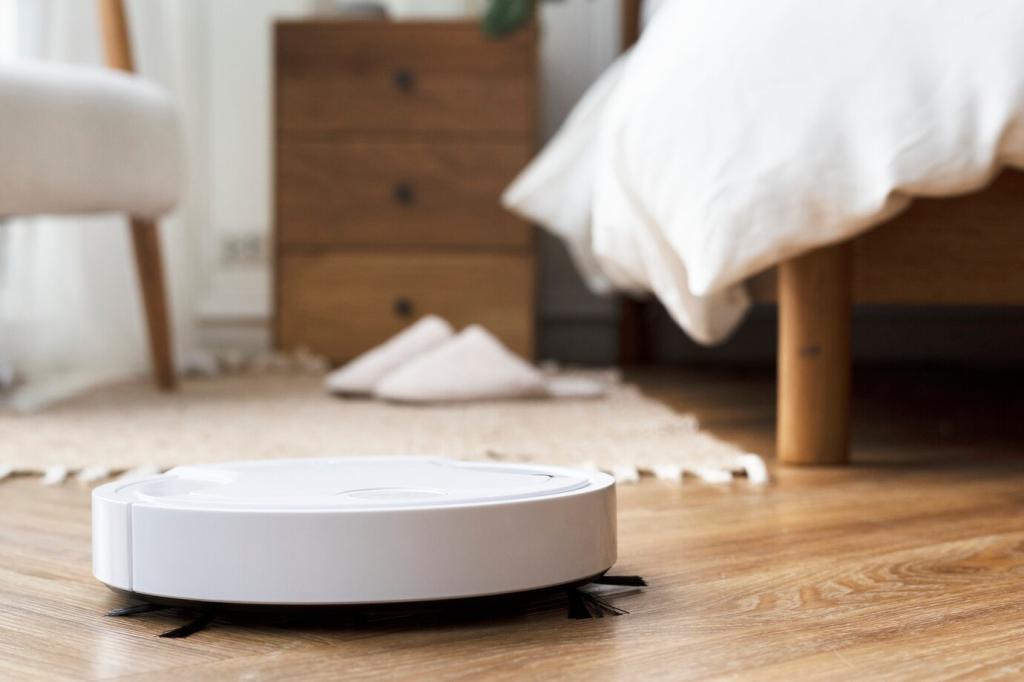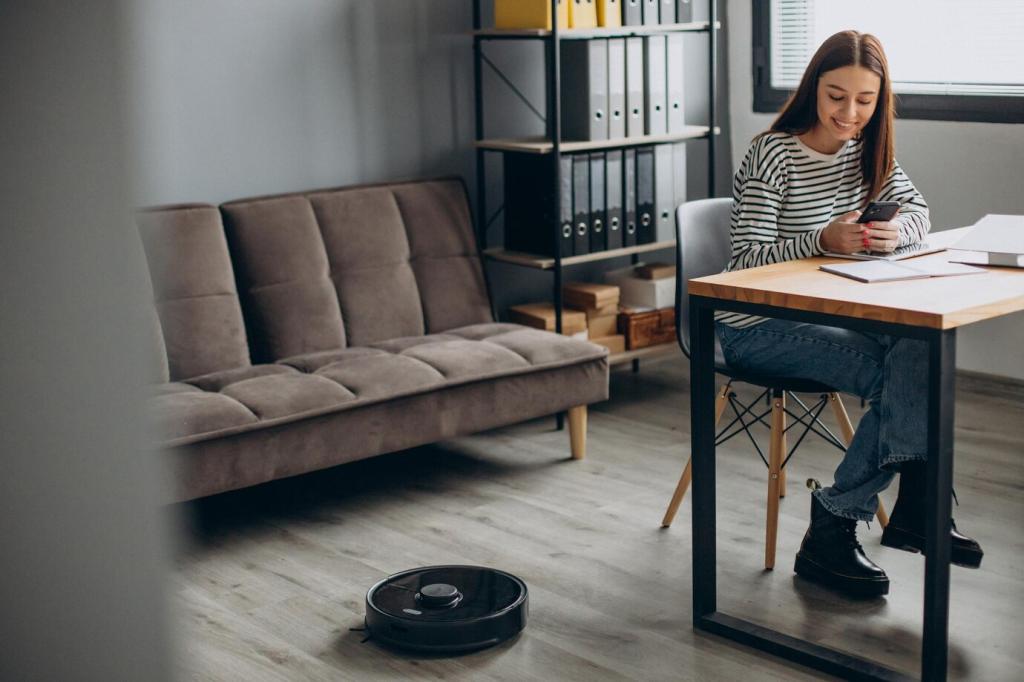Testing, Troubleshooting, and Sharing
Lift the robot and spin each wheel by hand. If one stops early, check for axle rub or warped caps. Add a straw bushing or a tape washer. Slight toe-in on front wheels can stabilize steering, while removing weight from the tail reduces wobble powerfully and predictably.
Testing, Troubleshooting, and Sharing
Write down changes, battery type, and run time. Sketch wire routes and note which tapes held best. A nine-year-old reader once discovered longer wheelbase cured spinning instantly. Their crayon diagram taught us more than charts, proving careful notes amplify creativity and make improvements compound surprisingly.






